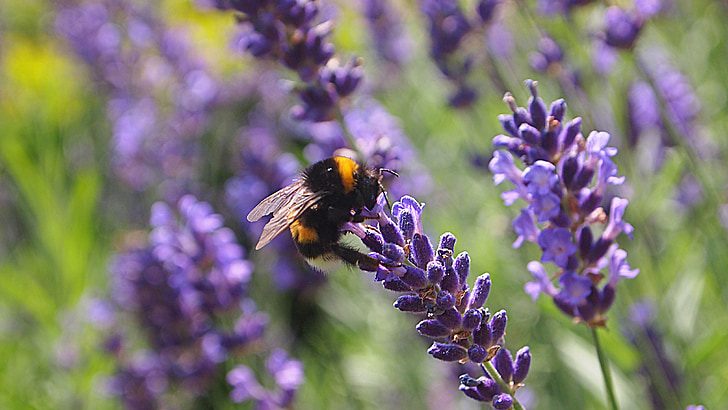
Bumblebees often nest in thick, low-lying shrubs.
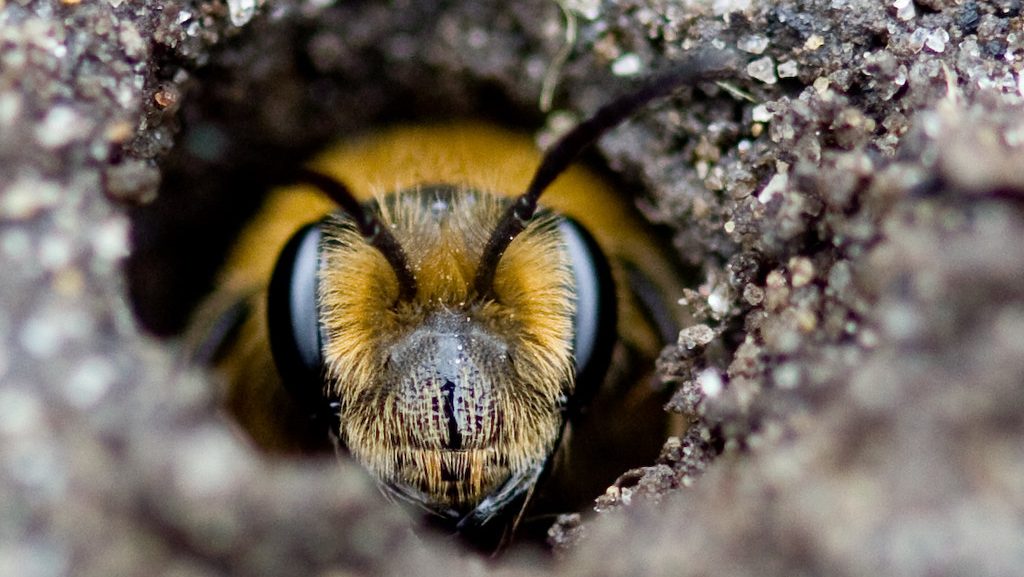
Old rodent burrows are a common nesting spot.
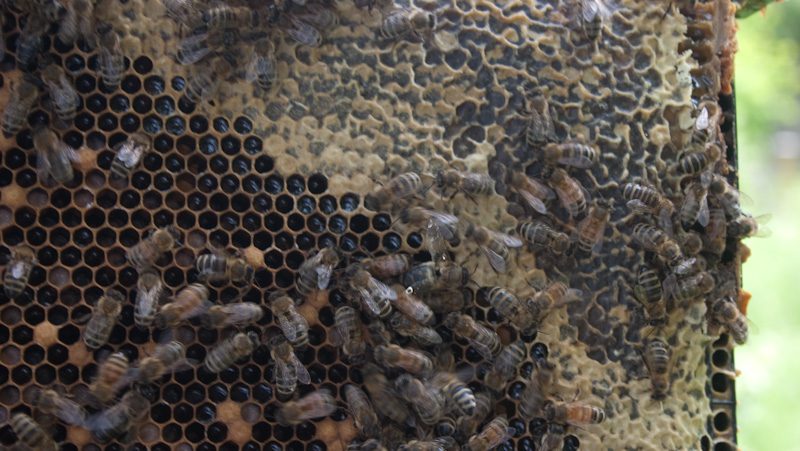
They may build nests in undisturbed corners.
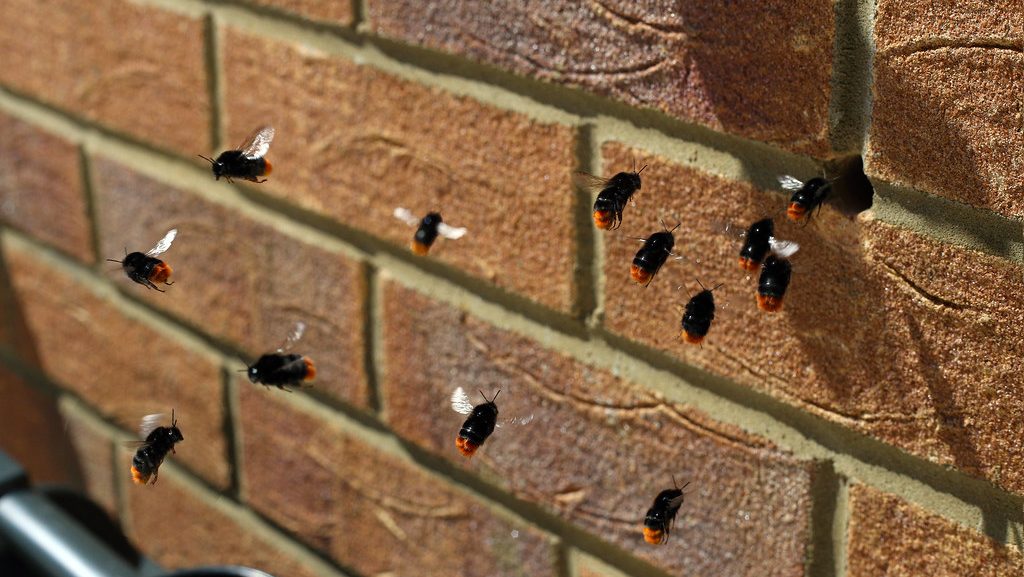
Gaps in walls can attract bumblebees seeking shelter.
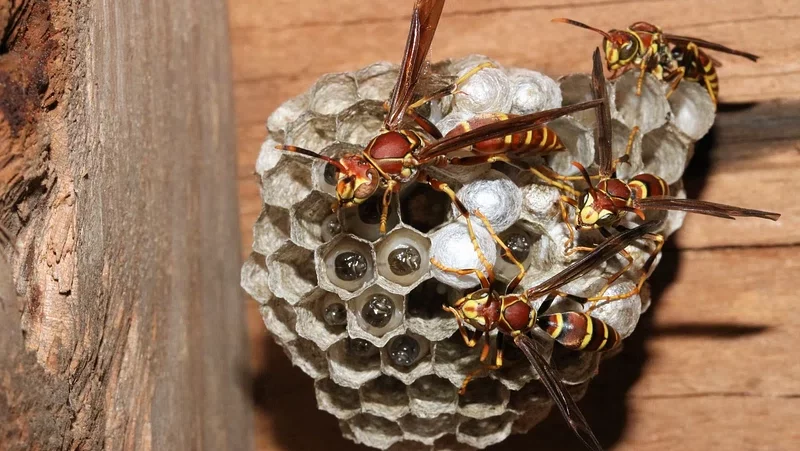
Quiet, warm spaces make ideal habitats for bumblebee colonies.
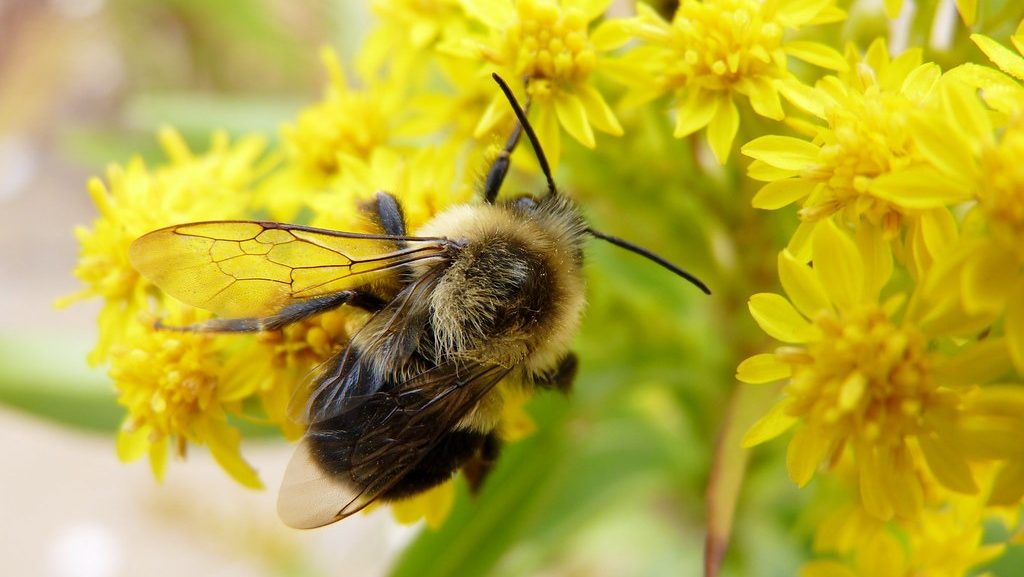
A black-and-yellow bee often found in gardens.
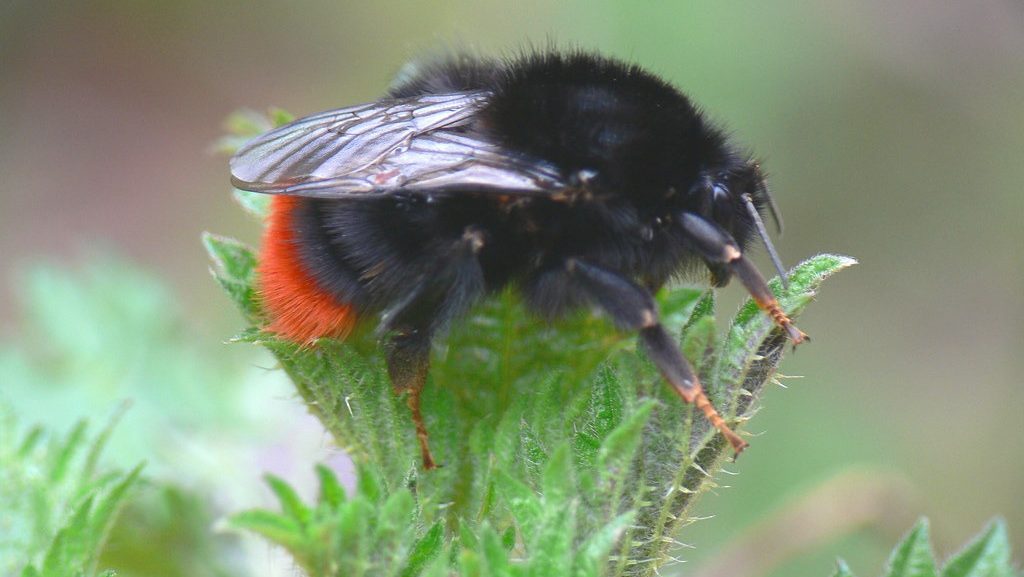
Recognizable by its red abdomen.
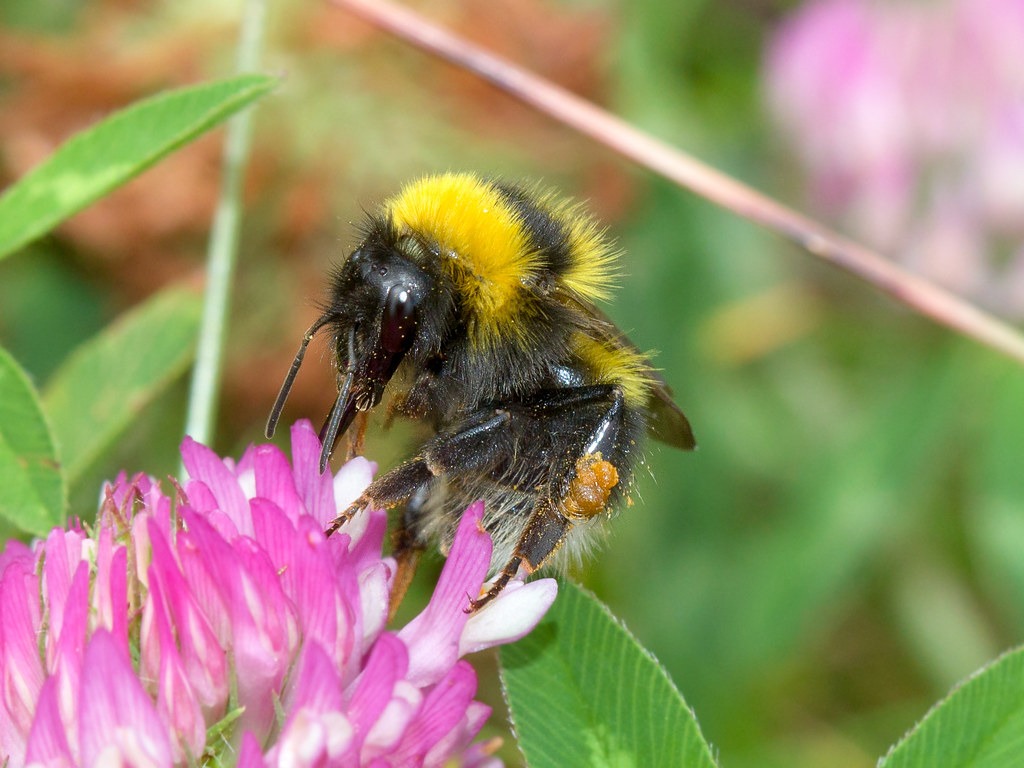
Known for its long tongue, ideal for tubular flowers.
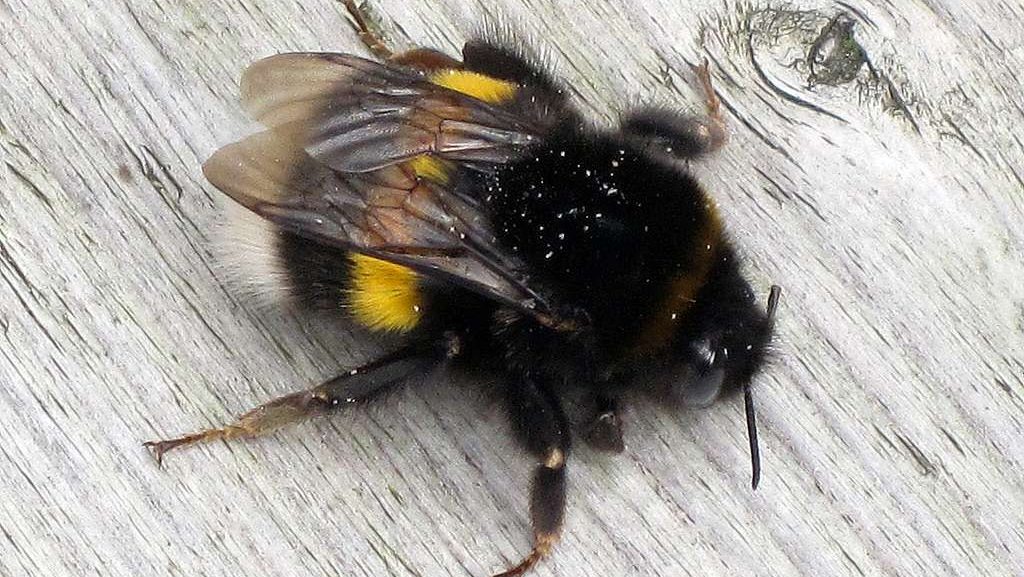
Features a white tail and yellow body bands.
Bumblebees can fly in the rain.
They vibrate their wings to release pollen—a process called “buzz pollination.”
Unlike honeybees, bumblebees can sting multiple times.
Bumblebees are vital for greenhouse crop pollination.
A bumblebee colony usually contains 50-400 bees.
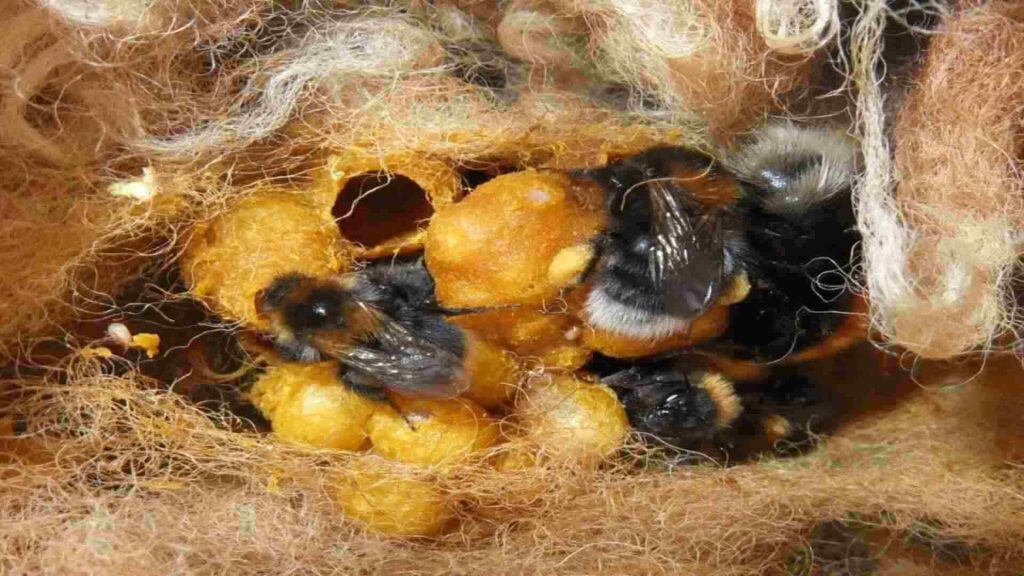
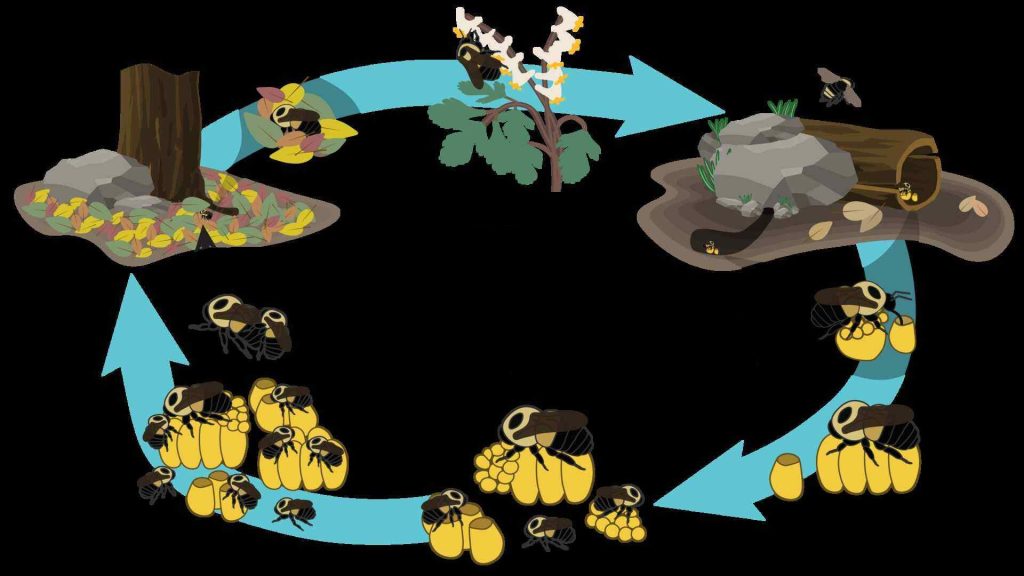
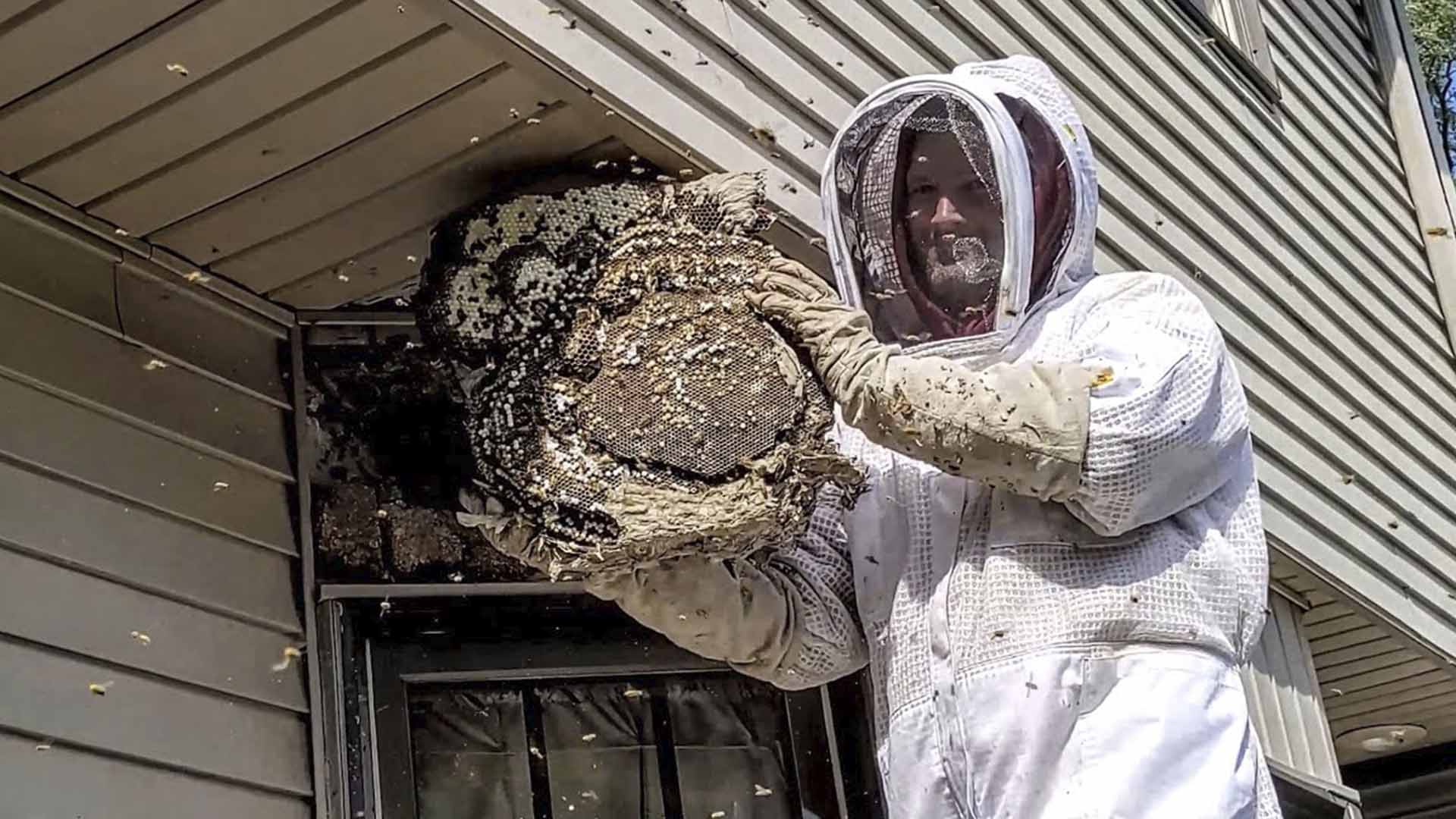
Only for small, accessible nests; wear protective clothing.

Use citrus spray or vinegar near nests.

Install traps to reduce activity around your home.

Safest and most effective for large infestations.
Bumble bees are generally non-aggressive and rarely sting unless they feel threatened. However, their sting can be painful, especially for those allergic to bee venom.
Bumble bee nests are often located in hidden spots like abandoned rodent burrows, under sheds, or in compost heaps. They are smaller than honey bee hives and have a loose, unstructured appearance.
Bumble bees are attracted to properties with flowering plants, open soil, and shaded areas that provide shelter for nesting.
It’s best to leave bumble bee nest removal to professionals, as attempting to remove it can provoke the bees and increase the risk of being stung.
Yes, bumble bees are vital pollinators that play a critical role in maintaining ecosystems and supporting agriculture by pollinating crops.
Seal potential nesting areas like cracks in walls, keep your yard well-maintained, and avoid leaving open soil or debris piles where they can settle.
Bumble bees have a fuzzy, rounded body, while carpenter bees are less hairy and have a shiny black abdomen. Carpenter bees are known to drill into wood, whereas bumble bees nest in the ground.
